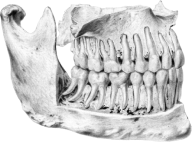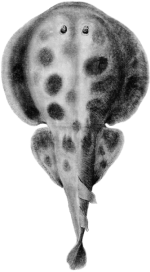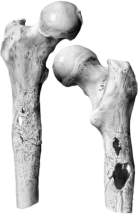
Room 5 of the Hunterian Museum displaying comparative osteology , c.1899, from the Archives of the Royal College of Surgeons of England
History
The Hunterian Museum is named after the 18th
century surgeon anatomist John Hunter whose collection of anatomical specimens was given into the care of the Company of Surgeons (later the Royal College of Surgeons of England) in 1799. An independent group ‘The Board of Trustees of the Hunterian Collection’ was also established to oversee the collection’s long term care.
Hunter’s collection of around 14,000 specimens and preparations was quickly added to and by the 1850s the Museum of the Royal College of Surgeons of England was one of the largest museums of comparative anatomy, pathology, osteology and natural history in the world.
The Hunterian Museum, as part of the Royal College of Surgeons Museum, is an Arts Council of England Accredited museum.
The College Museum, Archives and Library Collections were awarded Designated Collections status in 2013.





